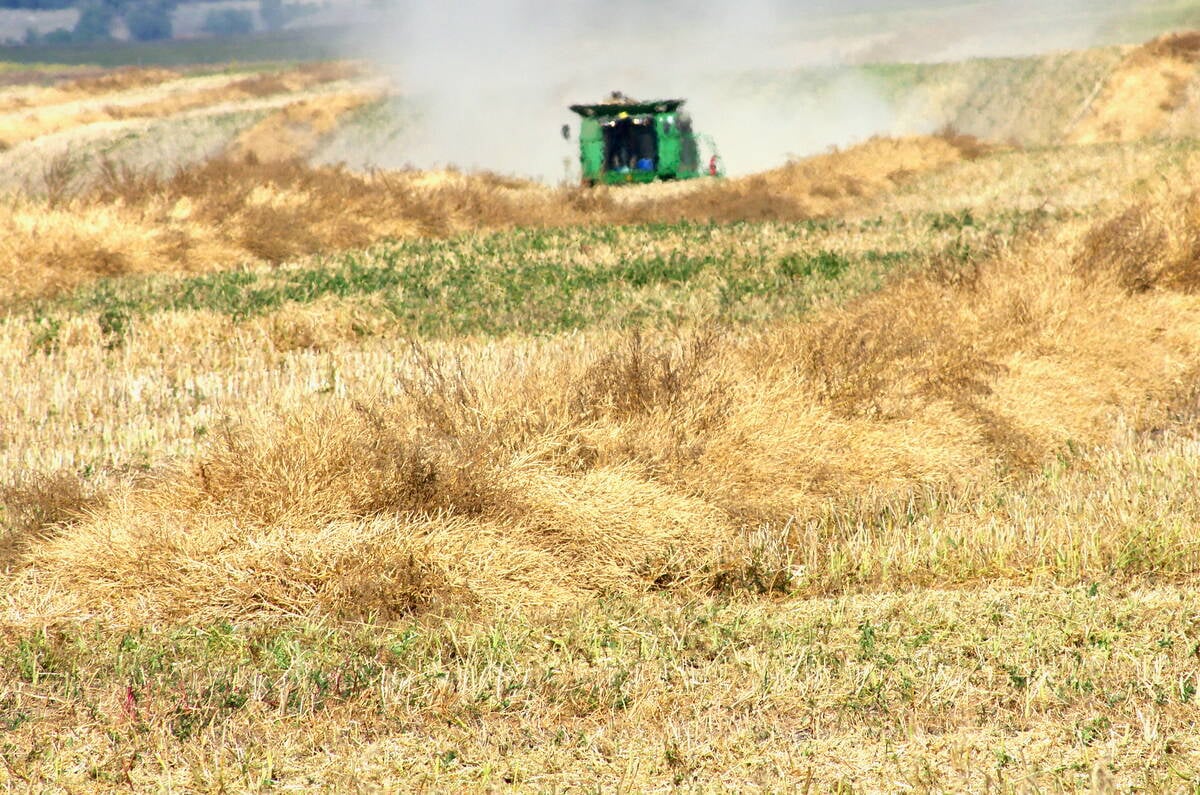When MPs gathered in the House of Commons on a wintry evening last week to stage an emergency debate on the impact of BSE on Canadian agriculture, more than 100 dairy farmers sat looking down from the galleries.
They were in Ottawa for a Dairy Farmers of Canada conference and were organized to walk the four blocks east to Parliament Hill to show their stake in the debate.
It was meant as a visible symbol that while BSE attention has focused on the beef industry, the elimination of cull cow and dairy breeding stock sales has also hurt the dairy sector. Deputy prime minister Anne McLellan and agriculture minister Bob Speller both acknowledged their presence by visiting the gallery and working the crowd.
Read Also

Manitoba searches for Plan B on canola oil exports
A new report explores Manitoba’s current canola oil trade and possible alternative markets to the U.S.
“As a result of borders closing and prices for animals falling dramatically, dairy farm revenues have dropped by an average of 15 percent to 20 percent in the past year,” DFC said.
“The price squeeze on milk producers’ operations continues as other countries maintain bans on exports of all animals.”
As industry leaders gathered in Ottawa, BSE was just one of the issues weighing on their minds.
World trade negotiators are talking about proposals that would lower stability in the industry by reducing tariff protections.
The sector’s costs are increasing and dairy farmers say regulated prices are not rising fast enough to compensate. Quota prices have almost doubled in the past six years.
As well, the sector re-mains uncertain about government support, especially in light of what it sees as Ottawa’s unwillingness to live up to a promise to control unrestricted imports of butteroil that displaces up to $27 million annually in dairy sales.
“I would say there is a fair amount of unease in the industry right now,” said Jacques LaForge, a producer from Grand Falls, N.B., and DFC vice-president.
“This is an industry that requires certainty and at the moment, there isn’t much.”
Agriculture Canada’s farm income projections for 2003 showed dairy to be one of the few farm income bright spots in a sea of red ink.
“Receipts from the supply managed commodities are projected to increase in 2003 due to higher dairy and poultry receipts,” Agriculture Canada said.
“Dairy marketing is expected to be up in 2003 due to relatively higher dairy demand while dairy prices should continue to rise due to higher support prices.”
LaForge said that in a period of record-setting low farm incomes, the government should be cautious in approving policies that undermine one of the few bright spots.
DFC president Jean Grégoire from Quebec told delegates that the sector and its prosperity have enemies, including processors and restaurant lobbyists.
“There are still players who feel that the dairy farmer gets too much money for his milk,” Grégoire said.
But farmers’ share of a $2 glass of restaurant milk is 18 cents, he added, and taxes on a restaurant meal are more than the farmer share. Grégoire said if farmers’ milk prices went down, they would go to the processor.
“The consumer would not pay less.”
The tone of debate at the DFC convention, from the unrecognized dairy impact of BSE to trade threats and price criticisms, was of a sector feeling itself under siege, even as it remains one of the few Canadian farm sectors making money.














